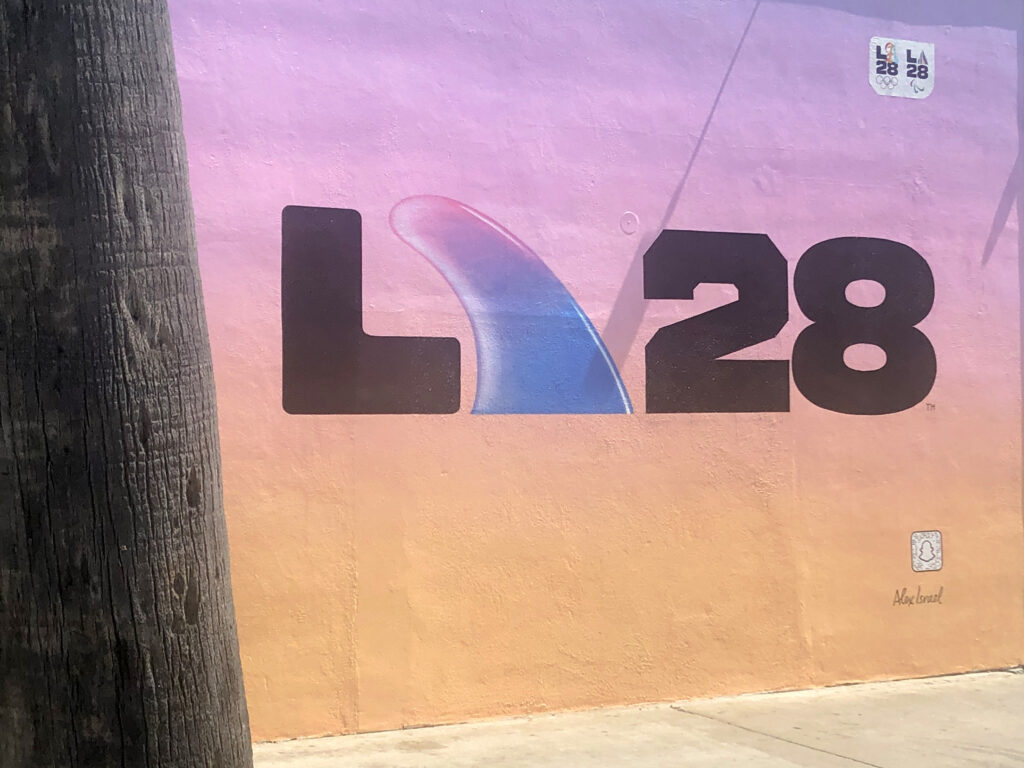Released Epstein emails allege Trump ‘knew about the girls’
Democrats released emails Wednesday in which Jeffrey Epstein suggested Donald Trump was aware of the disgraced financier’s sexual abuse and had “spent hours” with one of his victims at his house.Trump has denied any knowledge of the sex-trafficking activities of his former friend, who died by suicide in 2019 as he was in prison awaiting trial, and the White House accused Democrats of pushing a “fake narrative” by sharing the mails.But Democrats on the House Oversight Committee said the messages “raise serious questions about Donald Trump and his knowledge of Epstein’s horrific crimes.”The furor around the disgraced financier is still roiling Trump’s administration four months after his Justice Department effectively closed the case, announcing there was no more information to share.Democrats in the House — keen to capitalize on the simmering controversy — have been trying to force a vote that would compel publication of the full Epstein case files. The newly released emails were written to longtime associate Ghislaine Maxwell, who was convicted of sex trafficking after Epstein’s death, and the author Michael Wolff. In the messages, Epstein asserts Trump spent significant time with a woman whom Oversight Democrats describe as a victim of Epstein’s sex trafficking.In one email to Wolff shared by Democrats and dated January 31, 2019, Epstein allegedly wrote: “Trump said he asked me to resign, never a member ever… of course he knew about the girls as he asked ghislaine to stop.”In another message from April 2011, Epstein told Maxwell: “I want you to realize that that dog that hasn’t barked is Trump.” He added that an unnamed victim “spent hours at my house with him ,, he has never once been mentioned.”Maxwell replied: “I have been thinking about that…”Democrats on the House Oversight Committee obtained the emails after subpoenaing Epstein’s estate earlier this year. Trump has not been accused of any criminal wrongdoing in connection with Epstein or Maxwell. “The Democrats selectively leaked emails to the liberal media to create a fake narrative to smear President Trump,” his spokeswoman Karoline Leavitt said in a statement.”These stories are nothing more than bad-faith efforts to distract from President Trump’s historic accomplishments, and any American with common sense sees right through this hoax and clear distraction,” she added.- Conspiracy theories -In a July 7 memo, the Justice Department said the Epstein “client list” that Attorney General Pam Bondi claimed to have been reviewing did not in fact exist, and reaffirmed that he died by suicide in his prison cell. It sparked a furious backlash from Trump’s “MAGA” support base, who have for years been told by their leaders that a “deep state” cover-up was protecting figures in the Democratic Party whom they accused of being Epstein’s clients.Trump’s MAGA lieutenants — including two allies who have since been hired to run the FBI — made careers of fanning the conspiracy theories, including that Epstein’s suicide was actually a murder ordered by his powerful clients.Prominent online influencers and media figures in the movement — as well as ordinary voters — have spoken of feeling betrayed after Trump began publicly castigating them for wanting answers. Trump’s ties to Epstein are extensive. The pair were pictured partying together during a 15-year friendship before they reportedly fell out in 2004 over a property deal, and when Trump subsequently denounced his former ally.Epstein admitted to two state felony prostitution charges in 2008 as part of a plea deal — arranged by a prosecutor who would go on to serve in Trump’s cabinet — that was widely criticized as being too lenient.








